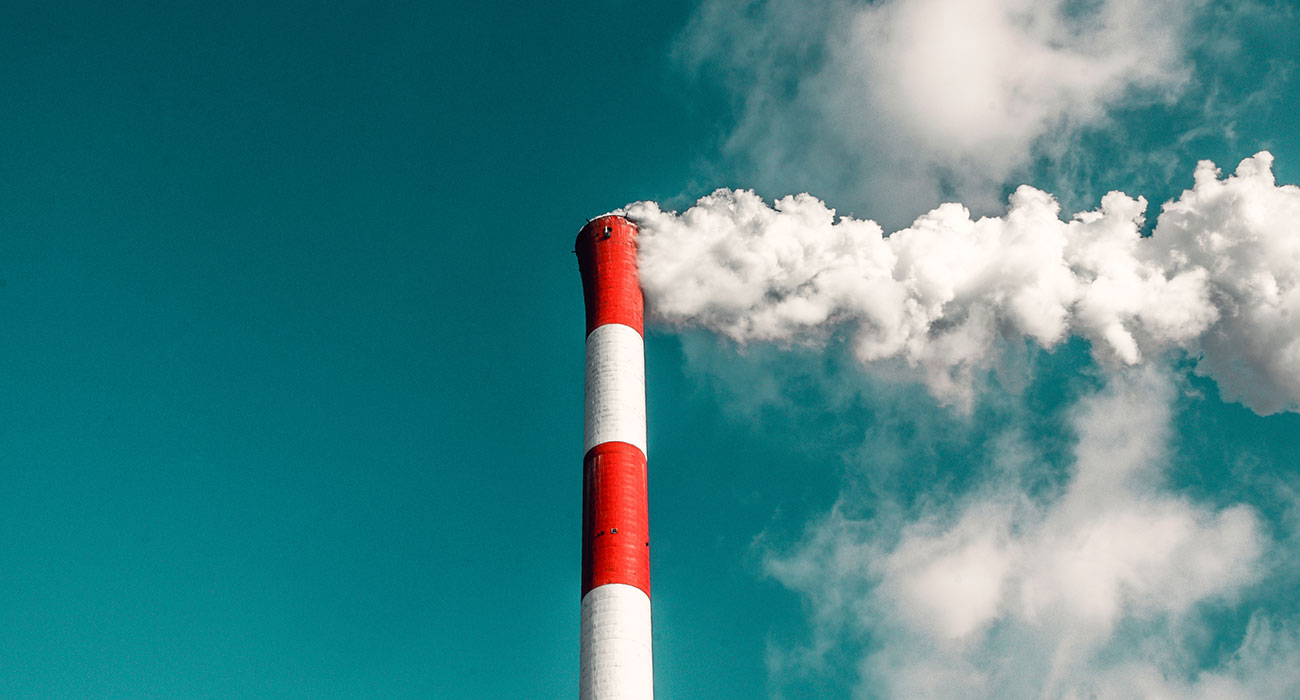
Start the raw material transition now!
Fundamental questions regarding sustainable production within the industrial society remain unanswered. Climate change, the necessary protection of natural resources and the sustainability objectives of the United Nations are just some of the key concepts of this topic. The issue of energy transition and the necessary CO2 saving resulting from it are considered to be socially understood and strategies for energy transition are being implemented. Nonetheless, the raw material transition is not an issue that is socially understood or discussed, either in terms of its scope or its significance. Social or political debates about growth have been carried out separately from a value-based concept of innovation. However, technical innovations have not led to a reduction in raw material use. One example is the phenomenon of the accumulation of WEEE for disposal as described in my last blog post. Resource replenishment and the careless handling of waste lead to large-scale environmental pollution. The development of the circular economy is lagging behind the growth of these innovations. However, the aim of a raw material transition is growth with decreasing resource use. The Institute for Applied Ecology describes the challenge of achieving the raw material transition by 2029 as an individual challenge, which related to each product and each individual material flow.
Legal foundations were indeed introduced with the Circular Economy Act (KrWG) but currently don’t even cover 10% of the resource flows if energetic use is not taken into account. Glass, paper and metal recycling are considered to be successful material flows. Ambitious quotas to be fulfilled exist in packaging legislation. However, the largest volume flows emerge in the construction materials and mineral industry.
Unfortunately, up to now, only waste management and recycling plants have been recognised as key players in the circular economy. Product development, product design, logistics and re-use are not integrated in developments. The integration of the production industry and industry in general in visions, strategies and designs for the raw material transition is my concern.
I would like to introduce you to Prof. Michael Braungart’s “Cradle to Cradle” theory as a resource-friendly solution.



No Comments